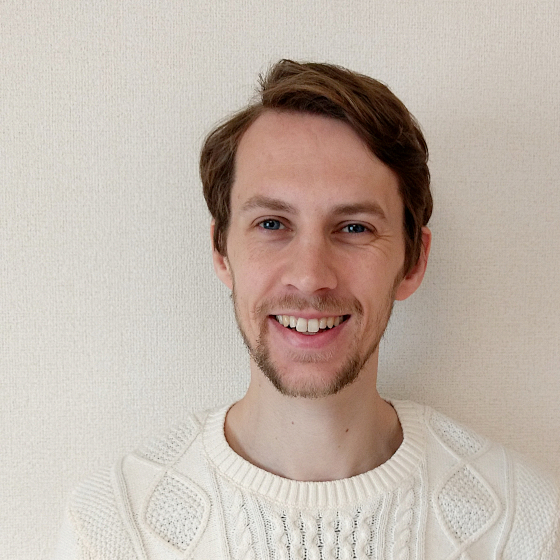Homogeneity of neutron transmission imaging over a large sensitive area with a four-channel superconducting detector
Published:

Abstract
We previously proposed a method to detect neutrons by using a current-biased kinetic inductance detector (CB-KID), where neutrons are converted into charged particles using a 10B conversion layer. The charged particles are detected based on local changes in kinetic inductance of X and Y superconducting meanderlines under a modest DC bias current. The system uses a delay-line method to locate the positions of neutron-10B reactions by acquiring the four arrival timestamps of signals that propagate from hot spots created by a passing charged particle to the end electrodes of the meanderlines. Unlike conventional multi-pixel imaging systems, the CB-KID system performs high spatial resolution imaging over a 15 mm×15 mm sensitive area using only four channel readouts. Given the large sensitive area, it is important to check the spatial homogeneity and linearity of detected neutron positions when imaging with CB-KID. To this end we imaged a pattern of 10B dot absorbers with a precise dot pitch to investigate the spatial homogeneity of the detector. We confirmed the spatial homogeneity of detected dot positions based on the distribution of measured dot pitches across the sensitive area of the detector. We demonstrate potential applications of the system by taking a clear transmission image of tiny metallic screws and nuts and a ladybug. The image was useful for characterizing the ladybug noninvasively. Detection efficiencies were low when the detector was operated at 4 K, so we plan to explore raising the operating temperature towards the critical temperature of the detector as a means to improve counting rates.
T. D. Vu, H. Shishido, K. Kojima, T. Koyama, K. Oikawa, M. Harada, S. Miyajima, T. Oku, K. Soyama, K. Aizawa, M. Hidaka, S. Y. Suzuki, M. M. Tanaka, A. Malins, M. Machida & T. Ishida
Superconducting Science and Technology 34, 015010 (2020)
DOI: 10.1088/1361-6668/abc2af
PDF: download
ArXiv: https://arxiv.org/abs/2010.07491
